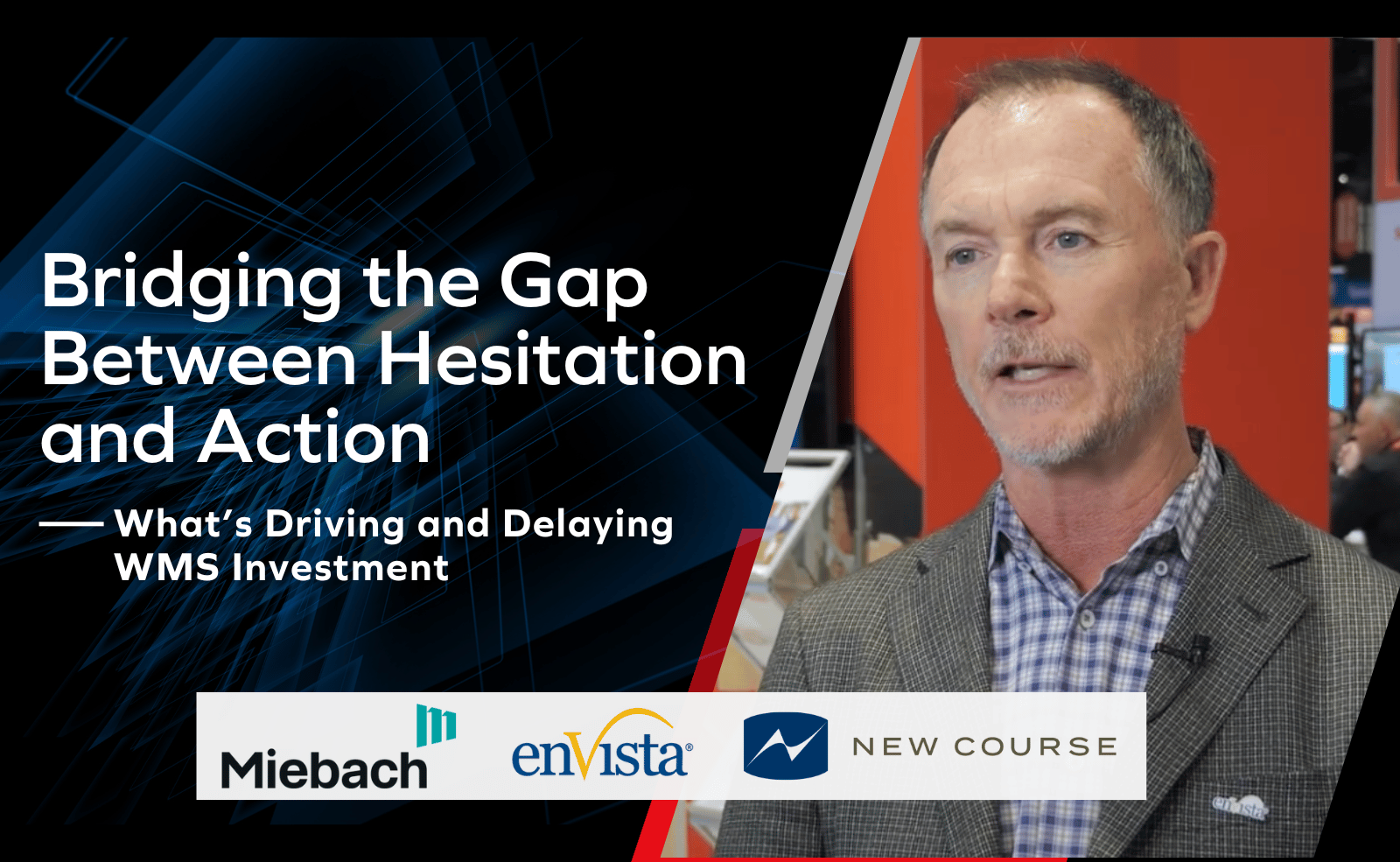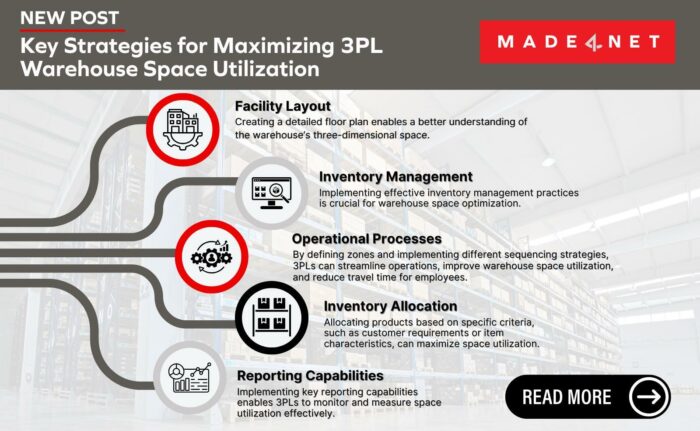
In today’s fast-paced and unpredictable logistics world, the decision to invest in a new Warehouse Management System (WMS) can feel like a high-stakes gamble. Economic turbulence, internal uncertainty, and widespread misconceptions about implementation make it easy for companies to press pause—even when they know they need to move forward.
But waiting comes at a cost.
In a recent panel discussion, industry leaders weighed in on the key factors both driving and delaying WMS investments in 2025. Here are the top three reasons companies are stuck in WMS decision limbo—and how to overcome them.
1. Economic Uncertainty: A Major Roadblock to Forward Progress
Let’s face it—no one likes making big tech investments in the middle of economic unpredictability. According to Jim Barnes, CEO at enVista, ongoing delays in WMS implementations are often a direct response to broader administrative and economic instability. “When there’s uncertainty, decisions get delayed,” Barnes notes. “But if there’s been an ROI analysis and value is aligned with vision, that’s when companies should move forward.”
Recent data from Gartner Predicts 2025: Supply Chain Operational Technology indicates that 82% of supply chain organizations are increasing their IT spending, with 24% planning significant increases over the next two years. However, our experts predict some of this spending will go on hold due to budget freezes and shifting executive priorities.
Still, the companies that do move forward are often the ones that have done their homework—those with a solid business case and organizational alignment. They recognize that technology delays can compound inefficiencies, and instead of waiting for the perfect time, they build momentum by focusing on long-term value.
Takeaway: Don’t let a short-term economic dip derail long-term strategic gains. If your ROI model holds up, the sooner you act, the better.
2. Misconceptions About WMS Implementation = Major Delays
The second barrier? Believing that once you’ve selected your WMS, the hard part is over.
“People think the work is done once the vendor is selected, but that’s actually when the real effort begins,” says Nick Banich, Partner at Miebach Consulting. Too many companies go shopping for features and flash instead of defining their operational needs first. That’s when surprises happen—and confidence stalls.
The length of time it takes to deploy a WMS implementation varies based on supply chain complexity, data quality, and required integrations, but on average companies spend between six to eight months on deployment.
Skipping steps on the front end—like mapping business rules and standardizing processes—leads to confusion and rework later. And that increases perceived risk, which, again, encourages delay.
Takeaway: Before talking to vendors, understand your current workflows and identify where a WMS can create real operational wins. A clear, requirements-driven selection process reduces risk, cost, and timeline headaches.
3. Risk Aversion: The Cost of Doing Nothing
Risk means different things to different people—and in the context of WMS investments, that often translates into organizational paralysis. John Sidell, CEO and Managing Principal at New Course Group, puts it like this: “Sometimes the biggest risk isn’t implementing a new system—it’s doing nothing at all.”
Research from KPMG indicates that 80 percent of technology professionals complain that their senior leadership’s risk aversion means their organization is slower than competitors to embrace new technology.
When businesses delay WMS investments, they’re not just avoiding the cost of implementation—they’re also incurring hidden opportunity costs: shipping errors, poor inventory visibility, slow picking rates, and unhappy customers. These risks add up fast.
Sidell also notes that risk is rarely one-dimensional. “Understanding where risk comes into play—whether it’s lost productivity, outdated systems, or customer dissatisfaction—should be part of the business case. If you can quantify that risk, you can make a smarter, faster decision.”
Takeaway: Consider what it costs you not to upgrade. Quantifying risk in your business case can be the push stakeholders need to move forward.
Final Thoughts: Get Out of Limbo—and Into Action
WMS decision delays are understandable—but they’re not inevitable. With the right information, a strong business case, and executive alignment, companies can overcome hesitation and unlock major gains in efficiency, accuracy, and customer service. If you’re ready to take the next step, we’re here to help. Try our easy-to-use ROI Calculator or speak to a WMS expert to start building your case today.


